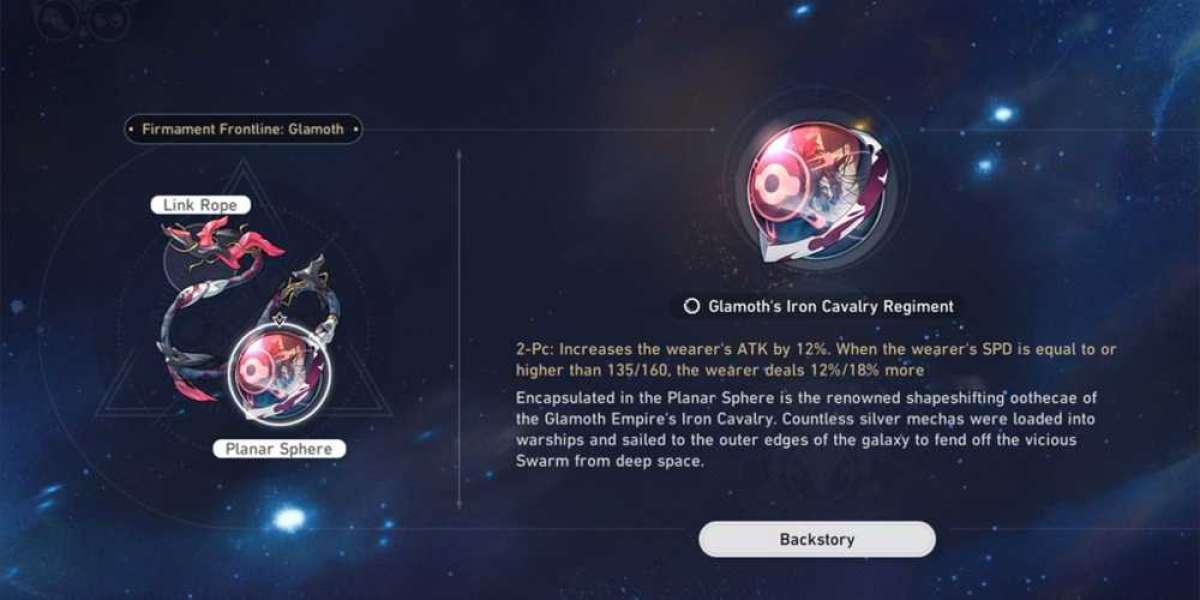Are you struggling with filter design assignments? Don't worry; you're not alone. Many students find this topic challenging due to its complex nature and the plethora of formulas involved. However, with the right guidance and approach, you can ace your filter design assignments effortlessly. In this blog, we'll delve into one of the toughest filter design questions tested at the university level and provide you with a step-by-step guide on how to tackle it successfully.
The Challenge:
Consider a scenario where you're tasked with designing a low-pass filter with specific requirements such as cutoff frequency, stopband attenuation, and passband ripple. The question may further ask you to choose the appropriate filter type, design methodology, and justify your selections. This is a common type of question encountered in filter design assignments and requires a deep understanding of filter characteristics and design principles.
Understanding the Concept:
Before we dive into solving the sample question, let's briefly discuss the fundamental concepts of filter design. Filters are electronic circuits or algorithms designed to pass certain frequencies while attenuating others. They are widely used in various applications such as signal processing, communication systems, and audio electronics.
Filters are categorized based on their frequency response into low-pass, high-pass, band-pass, and band-stop (or notch) filters. Each type of filter has unique characteristics determined by parameters such as cutoff frequency, passband ripple, stopband attenuation, and transition band width.
Step-by-Step Guide:
Now, let's break down the process of solving the sample question:
Understand the Requirements: Carefully read the question and identify the given specifications such as cutoff frequency, stopband attenuation, and passband ripple. These parameters will guide your design process.
Select the Filter Type: Based on the requirements and application, choose the appropriate filter type. In this case, since we need a low-pass filter, we'll focus on designs that attenuate high frequencies while passing low frequencies.
Choose the Design Methodology: There are various methodologies for designing filters, including Butterworth, Chebyshev, and Elliptic (Cauer) designs. Each methodology offers different trade-offs in terms of ripple, attenuation, and steepness of the transition band.
Design the Filter: Using the selected methodology, calculate the component values or coefficients required to realize the filter. This may involve mathematical calculations or using software tools such as MATLAB or Python for simulation and optimization.
Verify and Optimize: Once the filter design is complete, verify its performance by simulating its frequency response and time-domain behavior. Make any necessary adjustments to meet the specified requirements.
Justify Your Design: Finally, provide a rationale for your design choices, explaining why you selected a particular filter type and methodology. Discuss the trade-offs involved and how they align with the given specifications.
How We Help Students:
At matlabassignmentexperts.com, we understand the challenges students face when dealing with complex assignments like filter design. That's why we offer the best filter design assignment help online to assist you every step of the way. Our team of experienced tutors and subject matter experts can provide personalized guidance, clear explanations, and sample solutions to ensure your success. Whether you need help understanding concepts, solving problems, or preparing for exams, we've got you covered.
Conclusion:
Filter design assignments may seem daunting at first, but with the right approach and support, you can tackle them with confidence. By understanding the underlying concepts, following a systematic approach, and seeking assistance when needed, you'll be well-equipped to excel in your filter design assignments. Remember, practice makes perfect, so don't hesitate to reach out for help and keep honing your skills. With determination and perseverance, you'll master filter design in no time!



